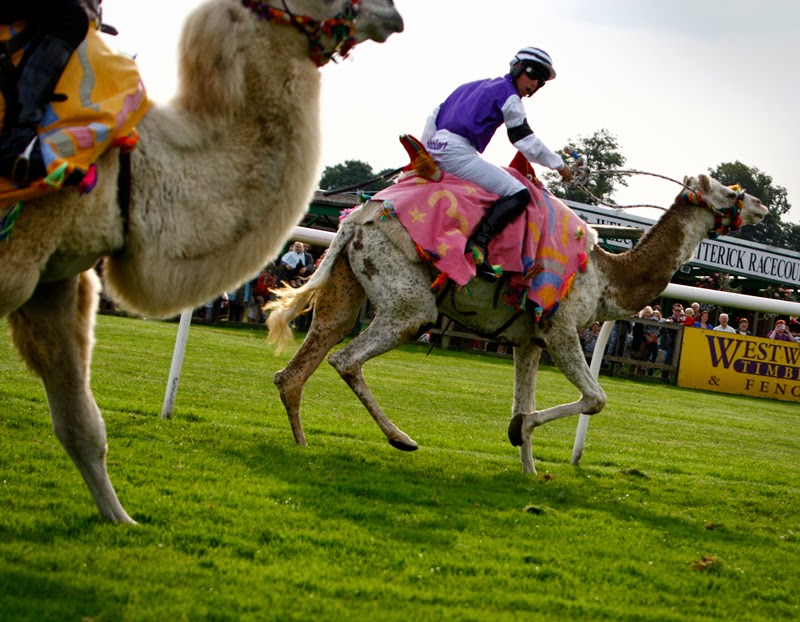When hearing that the theme for the editorial project
was ‘extraordinary’ it was hard not to be completely stumped, as it was such a
wide key whole. Having the thought extraordinary in your mind makes you think
you need to present an extraordinarily good bit of work. So instead of over
thinking the theme I started to look at simple things like everyday objects
that have been changed to look pretty unique, such as bananas being carved into
portraits of people. I thought I would have ago at one of these carvings and I
whilst doing so I had a bit of an epiphany. I thought I could photograph
everyday people but try and do replica images of them as well know public
figures.
I started looking at what people I could use and who I
could photograph them as. But I soon found out that the main thing was getting
a similar lighting setup to the ones that I was going to be looking at. The
first time I tried this was I bit of a disaster, as I didn’t focuses much on
what the lighting was doing in the image and I was focusing more on what the
model looked like. The second time round I made sure that the lighting was
right first, and I ended up saving more time. This time was a success and I was much happier with the
outcome. When taking the photos to the first critique I didn’t get much
feedback, as there isn’t much you can say about a photo of a photo. So I
started to panic and wonder what I should do and then the word ‘extraordinary’
started ringing in my mind.
As I was walking home one day I saw a man in the town
centre of Hartlepool making bubbles, my instinct was to shoot home to get my
camera hoping he would still be there when I got back. To my relief he was, I
asked if he was okay with photographing him and his bubbles and he was more
then happy. When I looked at the photos after I had noticed that by just going
out and taking photos of something that had caught my eye ended up being more
extraordinary than taking a photos of people as celebrities. This inspired me to
photograph other real life things happening that catch my eye on a daily basis.
This lead me to talking photos of some exotic ring necked parakeet in the local
park, as they looked rather out of place in Hartlepool. Then finally I had the
opportunity to go and photograph a camel race.
After shooting the camel race I new that these were
the photos that I wanted to use as my final piece, like the parakeet they
looked a bit out of place being on a racetrack in Yorkshire rather than in a
dusty desert in the Middle East. I was happy with how they turned out because
of the colours, they were really bright and the total opposite to what might be
expected from a camel race. For example the bright green grass rather than sand
dunes. When trying to pick a collection to put forward it was hard to narrow it
down, I was told to try and pick the ones that showed the ambience of the
races. I ended up picking a few that where not look the most structured of
photographs but the camels were really clumsy to watch and with the odd
cropping and framing I think it adds to the clumsy motions of the camels.
When getting them printed I thought of getting them
done at A1 to emphasise on the side of the camels, but with having them that
size I was afraid it might not do the quality of them any good, as some parts
of the images have unwanted movement in them. So I played it safe and got them
done at A3.




















































